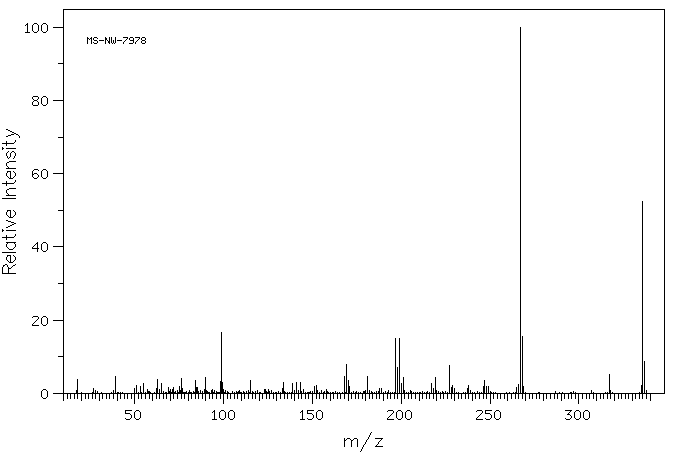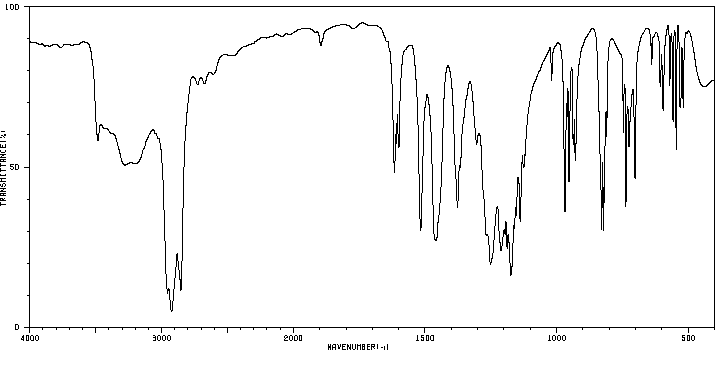毒理性
外源性雌激素的暴露是在内源性雌激素生理水平背景下发生的。内源性雌激素水平从儿童早期的低水平变化到怀孕期间和年轻女性时期的高水平。然而,很少有研究探讨外源性雌激素如何与内源性雌激素相互作用。当前的研究旨在表征雌二醇-17β(E2)、双酚A(BPA)、四溴双酚A(TBBPA)和双酚AF(BPAF,4,4'-六氟异丙基二酚)在T47D-KBluc细胞中依赖雌激素的荧光素酶表达的个体剂量-反应曲线,并确定二元的(8 x 8阶乘)和三元的(4 x 4 x 4阶乘)混合物中的内源性雌激素(E2)如何与BPA和BPAF相互作用。单个化合物的对数EC50和斜率值及其标准误分别为:E2,-12.10M +/- 0.06071,0.7702 +/- 0.1739;BPA,-6.679M +/- 0.08505,1.194 +/- 0.2137;BPAF,-7.648M +/- 0.05527,1.273 +/- 0.1739。由于TBBPA在3 x 10(-5)M时的雌激素样反应最小,并在更高浓度下引起细胞毒性,因此未在混合物研究中对其进行评估。E2与BPA和BPAF的二元混合物以及E2、BPA和BPAF的三元混合物均表现出相加性。对于二元混合物,随着E2浓度的增加,需要更高浓度的BPA和BPAF才能显著增加雌激素反应。理解像BPA和BPAF这样的外源性雌激素与内源性雌激素混合物相互作用的行为,将有助于更好地评估暴露于这些化学物质单独或作为混合物可能带来的潜在风险。
Exposure to xenoestrogens occurs against a backdrop to physiological levels of endogenous estrogens. Endogenous estrogen levels vary from low levels in early childhood to high levels during pregnancy and in young women. However, few studies have addressed how xenoestrogens interact with endogenous estrogens. The current study was designed to characterize the individual dose-response curves of estradiol-17beta (E(2)), bisphenol A (BPA), tetrabromo-bisphenol A (TBBPA), and bisphenol AF (BPAF, 4,4'-hexafluoroisopropylidene diphenol) on estrogen-dependent luciferase expression in T47D-KBluc cells and to determine how binary (8 x 8 factorial) and ternary (4 x 4 x 4 factorial) mixtures of an endogenous estrogen (E(2)) interact with BPA and/or BPAF. Log EC(50) and hillslope values with SEs, respectively, for individual compounds were as follows: E(2), -12.10M +/- 0.06071, 0.7702 +/- 0.1739; BPA, -6.679M +/- 0.08505, 1.194 +/- 0.2137; and BPAF, -7.648M +/- 0.05527, 1.273 +/- 0.1739. TBBPA was not evaluated in mixture studies because of its minimally estrogenic response at 3 x10(-5)M and elicited cytotoxicity at higher concentrations. Both the binary mixtures of E(2) with BPA and BPAF and the ternary mixture of E(2), BPA, and BPAF behaved in an additive manner. For binary mixtures, as E(2) concentration increased, higher concentrations of BPA and BPAF were necessary to induce a significant increase in the estrogenic response. Understanding the behavior of mixture interactions of xenoestrogens, like BPA and BPAF, with endogenous estrogens will allow a better assessment of the potential risk associated with exposure to these chemicals, individually or as mixtures.
来源:Hazardous Substances Data Bank (HSDB)









